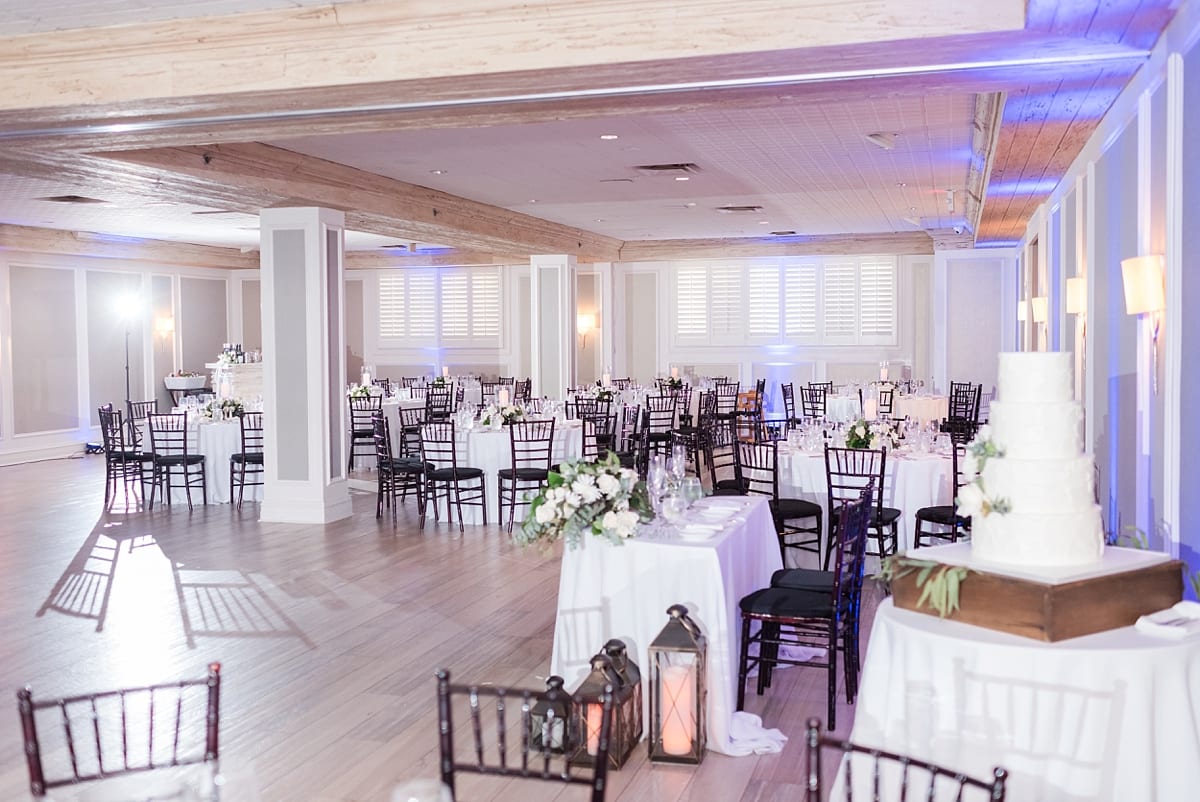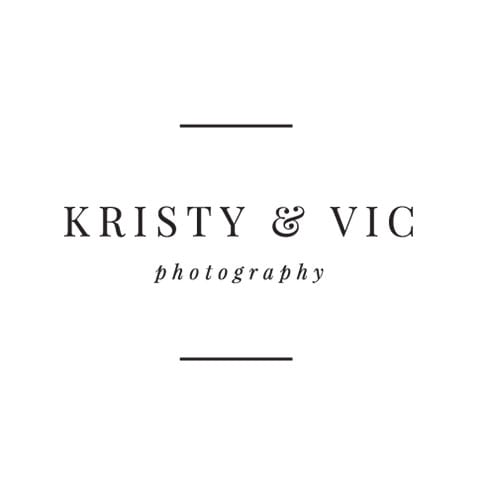We’ve been asked many times through Instagram, emails, and messages for tips and advice on different aspects of photography and how we do things. And this got us thinking about how we can better help those around us who have all these questions. So we’ve decided to create a blog series especially for photographers to answer your questions regarding anything photography related! We took to Instagram and Facebook and asked what YOU all wanted to hear from us and what areas of need you as photographers have. We got tons of responses and have so many things we will be sharing over the next few months to answer your questions and help in whatever way we can! You can catch up on previous For Photographer posts here:
Lenses for Wedding Day Details
Lenses for Portraits and Engagements
Throughout today’s post we will be diving deeper into using flash including when we use it, our reception setup, and off-camera flash (OCF)! We shared in our first For Photographers post all about what was in our bag and that included our flashes and OCF equipment. The specific flashes we use off camera are no longer being made but these are the closest to the ones we use. This is the flash we each have on our cameras during reception or any indoor type situation where there is little available natural light. There are built in bounce cards in these flashes but we find that we like a little more light in our photos so we use these bounce cards attached to the top of our flashes on-camera. And these triggers for our OCF setup have been an absolute game-changer for us because they are so simple to use and allow for both of us to trigger both off-camera flashes! During the reception on wedding days we combine our on-camera and off-camera flashes to get the best lighting for photos of reception details, dances and the traditional events, and the party!
So now that we gave you links and examples of all our equipment, here is how we usually set it up during a reception! Please don’t judge our terrible drawing skills (LOL) but this is definitely the easiest way to explain it and show you how we like to set everything up!

We personally like to have our OCF as a sort of a backlight for our reception images and a filler light to make the room brighter and be able to see more details. So what we do is set it up so that we’re shooting with our flash lighting the subject and the off-camera flash off to the side behind our subjects creating that backlight or filler light. In the image below you can see both our OCF to the left and ride side of the image and we have our on camera flashes pointing up to the ceiling using the bounce card to get light on our couple.

When photographing close shots of reception details we normally just have the flash that’s on-camera going off. If we’re capturing the entire room before anyone comes in then we have both the on and off camera flashes being triggered to get as much light as possible in that room. Our off-camera flash is set up to the left hand side of this image to fill in the room and we have a flash on our camera as well.


If we’re not shooting a reception space and are using our flashes for indoor ceremonies, then we do not use OCF but only have the flash on camera. This is where our bounce card comes in handy and we use that to bounce more light onto our couples. In any given indoor lighting situation, we try and find natural light coming in through a window, but for indoor ceremonies in a church, we use our flashes to be able to bring light onto our subjects. In the image below we are not using any OCF but instead have our flashes on camera to light up this gorgeous bride as she walks down the aisle.

We hope this post was a helpful insight into how we use both on camera flash and off camera flash during wedding days! We will be sharing more for photographer posts and tackling different subjects related to photography! And as always, if you have any questions feel free to comment on this post or contact us here!




